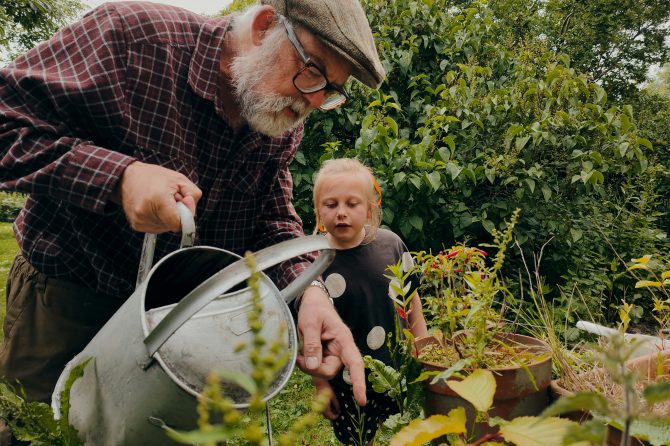
Max Littman, LCSW
June 11, 2025
We often use the words community and culture interchangeably, but they mean different things. And in the context of healing, wholeness, identity, and belonging, that difference matters. Both community and culture shape our experiences, influence our sense of self, have impacts on our bodies, and offer us connection. But they operate in distinct ways, and understanding this distinction can help us foster spaces that are not only welcoming but also deeply transformative.
As therapists, leaders, and community members, especially when we come from or support marginalized communities, recognizing the difference between community and culture is crucial. It allows us to create environments that nurture growth and healing, spaces where people can feel genuinely supported and safe, rather than simply “gathered.”
What Is a Community?
A community is a group of people who come together around shared interests, identities, experiences, or goals. Communities form around commonalities: queer men seeking connection, therapists in consultation groups, participants in a training, people who love a particular book or show, or even people who live in a shared geographic location. A community provides opportunity for support, belonging, and a sense of being part of something larger than oneself. It is defined by who is included, by membership, whether explicit or implicit.
Communities can be healing because they counter isolation and provide us with an essential nutrient of connection. They can also allow us to know ourselves better through witnessing others.
Think for a moment: when you’ve been in a community that felt nourishing, what did you notice about the energy there?
What made it feel supportive and alive?
How does it feel in your body remembering?
What parts come online?
What are they communicating to you?
When we find a community that affirms our identities, experiences, or values, we feel less alone and we feel more whole. But communities can also be fragile or even harmful if they lack depth, cohesion, or an intentional foundation. A community alone does not inherently offer a shared vision, accountability, or structure for growth. Without something deeper holding it together, a community can become an assortment of individuals rather than a meaningful, nutrient-rich collective.
Have you ever experienced a community where the energy felt disconnected or forced?
How did that affect your engagement in that space?
What happens in your body as you recall this community?
What parts begin to communicate?
What are they communicating?
What Is a Culture?
Culture, on the other hand, is the shared values, norms, practices, and expectations that shape how a community functions. It determines how members interact, what is encouraged or discouraged, and what behaviors are modeled and reinforced. Culture is what allows a community to sustain itself beyond just shared identity or interest. It gives it direction, depth, and intentionality.
In a therapeutic space, for example, a community of queer men gathering for support may be valuable. But if the culture of that space promotes competition, comparison, or judgment, it won’t feel healing. Conversely, if the culture prioritizes self-compassion, curiosity, and mutual respect, the same group of people can become a powerful source of transformation.
Take a moment to reflect: when you’ve been in a group that felt truly connected and open, how did the culture support that connection?
What values or behaviors did you witness there?
What was explicit?
What was implicit?
As you recall, what is happening in your body now?
What parts stir?
What are they sharing with you?
Culture is shaped both intentionally and unintentionally. It emerges through leadership, through what is explicitly named and reinforced, and through the implicit signals given in a space. It’s present in how conflicts are handled, how vulnerability is met, and what behaviors are normalized.
Think about the last time you were in a community space where culture played a powerful role.
Was there a culture of openness and vulnerability, or was there an unspoken fear of judgment?
Recalling a culture of openness and vulnerability, what happens in your body?
What was happening externally?
Recalling a culture of unspoken fear or judgement, what happens in your body?
What was happening externally?
The energy of culture is often felt even more than it is seen. The unsaid rules, the invisible current guides how we interact with each other and with ourselves in a shared space.
Why This Distinction Matters
Many well-intentioned spaces focus on building community without tending to culture. This is why some communities, whether professional, social, or identity-based, can feel ungrounded, chaotic, or even unsafe, despite the shared connection among members.
Pause for a moment: think of a group you’re part of, or have been part of, where the community was present but the culture felt off.
How did it impact your experience there?
How did it impact your body?
Your parts?
For therapists, consultants, and community leaders, this distinction is critical. Creating a meaningful space isn’t just about bringing people together; it’s about cultivating a culture that allows for safety, depth, and growth. This means asking:
- What are the core values that guide this space?
- How do we handle conflict and disagreement?
- What behaviors and norms do we encourage, and which do we challenge?
- How do we ensure that our community remains welcoming, not just in name but in practice?
- Are we open to implicit and explicit feedback?
- Are we committed to returning to these questions and adjusting the culture as we receive implicit and explicit feedback?
If the culture of a space isn’t intentionally nurtured, we risk replicating the very wounds many marginalized individuals carry, such as competition, perfectionism, and fear of vulnerability. More importantly, I believe that everyone, particularly in westernized cultures, is affected by an overarching culture steeped in the ideals of capitalism, materialism, racism, and patriarchy—systems that take more from us than they give. While these forces may have once served us in a world that feels like a spiritual, social, and emotional desert, they are far less nourishing than cultures that prioritize humanity, diversity, nature, and organic wisdom. In these cases, a community may cease to be a healing space and instead become a reflection of the very societal pressures we are trying to escape or remedy.
Integrating This Into Our Work
If we want to create spaces that heal rather than simply gather, we must be intentional about both community and culture. Inclusion alone is not enough; what matters is the environment we create within that inclusion.
Take a moment to reflect: in your work or personal life, where have you witnessed a space truly prioritize both community and culture?
What did that look like?
What did it feel like in your body?
For your parts?
How did it shift the collective experience?
For those of us working with marginalized groups, this is even more essential. Many queer men, for example, find community in digital spaces, social groups, or professional networks, yet still experience loneliness, self-doubt, or disconnection. Often, this is because the culture of those spaces reflects the very wounds we carry: competition, perfectionism, and fear of vulnerability. These cultural dynamics are often not consciously chosen but emerge through unnamed group dynamics. Rather than fostering a new way of being with ourselves and each other, they mirror the same pressures we’ve internalized from society at large.
Think about the digital spaces you engage with.
Do they promote connection and healing, or do they reflect the cultural wounds that many of us carry?
When we only focus on community without nurturing the culture that shapes it, we may inadvertently recreate environments that don’t fully support the healing, wholeness, and nourishment we seek.
Tending to Culture as a Consultant, Practice Assistant, and Supervisor
As a consultant and supervisor for emerging IFS practitioners, one of the ways I tend to culture is by fostering a space that prioritizes Self energy, attunement, and trust over rigid frameworks or right-and-wrong thinking. When working with practice dyads or supervisees, I approach each relationship with the understanding that learning IFS is a deeply personal and dynamic process; one that requires not only guidance but also space for authentic growth and self-discovery.
Instead of imposing strict technical corrections or focusing solely on achieving precision, I hold space for curiosity and vulnerability. This means inviting consultees to explore their own systems and experiences within the work they’re doing. For instance, when a practice dyad brings a case or shares a moment from their session, I often ask:
- “What would be most helpful for you right now?”
- “Would you like to explore what’s coming up in your own system?”
- “Where do you think you are in the flow of the IFS model?”
These questions are designed to invite my consultees into a Self-led process of reflection, rather than quickly offering feedback or a solution. By providing the opportunity for them to tune into their own instincts and parts, I cultivate an environment of self-trust, where mistakes are seen as opportunities for exploration, not failure.
I also make it a point to recognize the cultural burdens that often arise in the learning process. Many of us have internalized messages from our larger culture, such as the pursuit of perfection and the fear of failure, that can create barriers to open, curious learning. In our work together, I actively validate and support the potential of unburdening these cultural pressures by normalizing mistakes, emphasizing curiosity over correctness, and recognizing the value of each practitioner’s unique perspective. I also welcome feedback from my supervisees, centering impact over my intentions.
This approach fosters a culture where growth happens collaboratively and organically, where both the supervisee and I are equally committed to deepening our understanding of IFS through authentic exchange. By creating a space that models attunement and mutual respect, I offer not just technical guidance but also emotional and relational support, helping my consultees integrate both the art and science of IFS into their practice.
In this way, I aim to help shape a culture within our work that is as nourishing as it is expansive. One that values humanity, intuition, and continuous growth.
The Interdependence of Community and Culture
If a community is a body of water, the culture is the current.
Building a community is about bringing people together. Building a culture is about shaping how we relate to one another once we are together. Both matter, but without an intentional culture, even the most well-meaning community can fall short of its potential.
As therapists, mentors, and community members, we have the opportunity to create not just gatherings, but true spaces of nutrient-rich transformation. By being intentional about the cultures we cultivate, we help build spaces that don’t just include but regenerate individual and collective minds, bodies, and spirits.
Reflect on the spaces you’re a part of: how do you help shape the culture?
What small shifts could you make to enhance the healing energy of those spaces?
When we tend to both community and culture, we don’t simply create a space where people gather together; we create a space where they can feel seen, heard, and empowered to become the fullest version of themselves. Growth naturally emerges in these well tended environments.
For feedback and comments, I can be reached at max@maxlittman.com.
I provide private practice mentorship, consultation, and therapist/practitioner part intensives.
